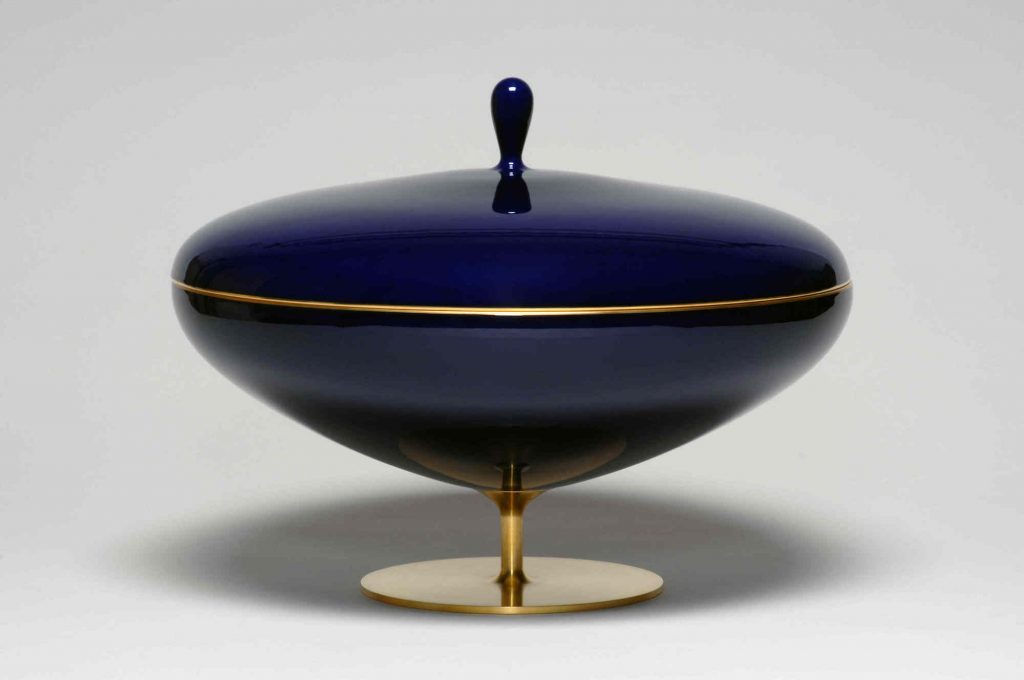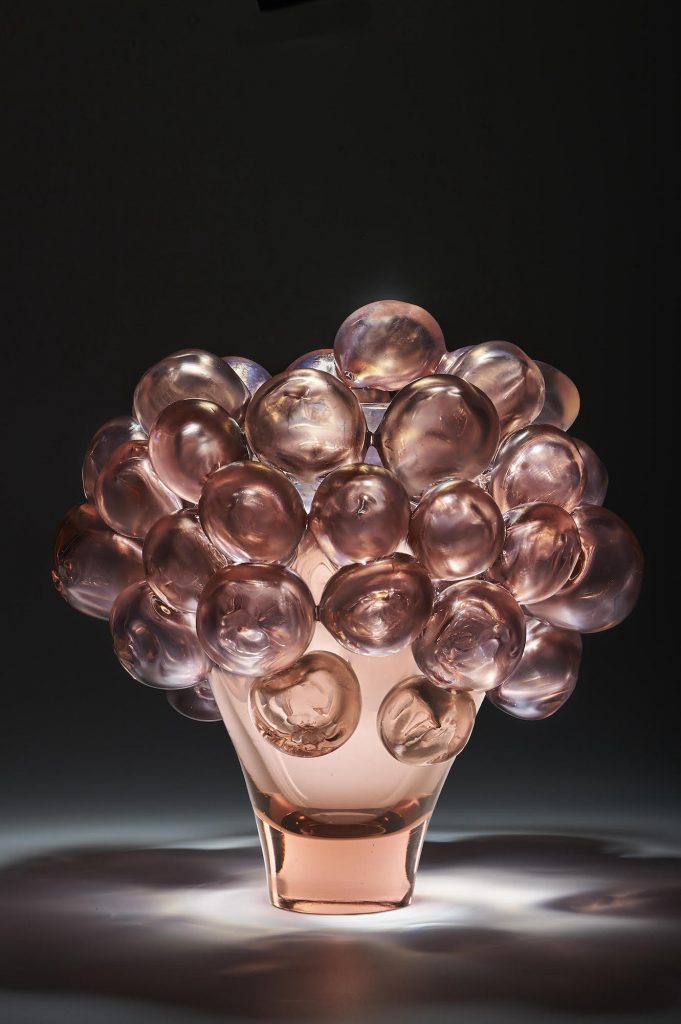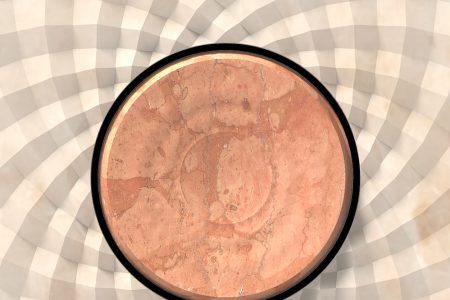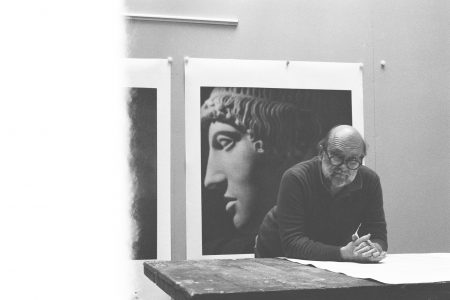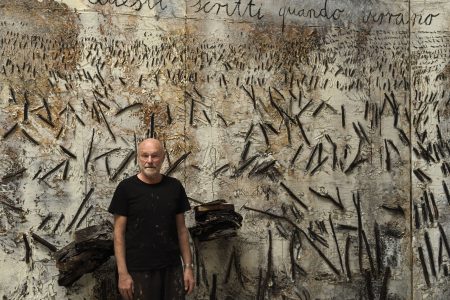Maria Cristina Didero: Human-Centric Design
As the 16th edition of Design Miami/Basel takes place this week, we are posting the interview with Maria Cristina Didero which appeared in our recent S/S 2022 issue: State of Gold.
Maria Cristina Didero has been a fixture of the design world for over two decades. A connector and people person if there ever was one, the prolific journalist and curator has held positions at the Vitra Design Museum, Fondazione Bisazza, Domus, Architectural Digest, and Wallpaper* and has developed independent projects for some of the industry’s leading institutions, galleries, and brands. She’s worked closely with the likes of the Campana Brothers, Philippe Malouin, Michael Young, Nendo, Bethan Laura Wood, Richard Hutten, and Snarkitecture. The Italian polymath’s latest venture is as Design Miami/’s curatorial director, a coveted position of influence that will allow her to shape the blue-chip collectible design fair’s forward- thinking programming. Mirroring the international event’s expansion and relatively unscathed reemergence out of the COVID-19 pandemic, Didero has aptly chosen to explore the theme of the Golden Age to mark the moment. The Milan-based culturemaker spoke to TLmag contributor Adrian Madlener about her background, interests, and goals for her new role.
TLmag: Talk about your background and how you first came into contact with design.
Maria Cristina Didero: I’ve kept my eyes open from a young age, collecting things that inspire me. Even though I inadvertently saw design everywhere, my formal education was in the humanities. Growing up in Rimini, Italy, I was unaware of the concept of a curator. I learnt about this role independently, which gave me the chance to discover the history of design without any prejudices. My first official encounter with the field came when I met Alexander von Vegesack, founder of the Vitra Design Museum. I worked with him for nearly 14 years which was a brilliant education and set me on a path within the wider design industry.
TLmag: What are some of your personal affinities and interests within the discipline?
M.C.D.: Although I have a strong interest in particular eras such as the Radical Design Movement of the late 1960s, my primary interest across both historical and contemporary periods is in people rather than objects. I am fascinated by how people react to objects, how they shape creative ideas, what happens before the objects, and how they originate. My expertise is built around these observations. I am particularly interested in the power of the arts, design, and technology to create change and inspire progress. The present era has myriad challenges — most crucially the threat of climate change and the urgent need for us to live more harmoniously with nature. Design can help us solve some of the greatest issues we’re facing. There are multiple great stories and values offered by hu- man beings through objects. My passion for the Radical Design Movement derives from the understanding of the power these pieces have carried during specific points in history. I am always charmed by how social and political values have been passed down through these objects. Good design has always reflected upon the culture and era from which it has emerged, while also looking to improve the way we live.
TLmag: How can the ever-stratified domain tackle issues like sustainability, accessibility, and equity, but also self-expression, beauty, and aesthetics? M.C.D.: Through creativity and intersectionality, design has the power to answer these complex questions – even if it is there to ask questions and not provide answers. In the best scenarios, beauty and self-expression do not need to be separated from explorations of sustainability, accessibility and equity, which must always be key priorities. I believe that cross-cultural exchange should be
a guiding principle as well. Nothing interesting happens without a conversation.
TLmag: What’s your curatorial vision for Design Miami/ moving forward?
M.C.D.: We’re living through a particularly pivotal time, not just for design but also culture and creativity altogether, as we collectively consider how to overcome the many challenges of the moment. I have great respect for Aric Chen and Wava Carpenters, who previously held the position of curatorial director, and for all those who have made Design Miami/ the global platform that it is today. I will try to bring my personal approach into the fold. What excites me about Design Miami/ is its international outlook. I believe in differences, which I have always considered as a resource.
TLmag: Given your diverse background and expertise, what do you hope to bring to the table? What will this position afford you as an opportunity to explore new concepts?
M.C.D.: I’m looking forward to bringing my multidisciplinary approach to Design Miami/ which aligns with the fair’s goal of being a prestigious place for exchange,
promoting culture, talent, innovation, creativity, education, and most importantly as a point of encounter. I know of so many people
who met at the fair and started projects together. I like the idea of it being a square where people can talk and exchange ideas. The new Paris event, taking place this autumn, offers a particularly exciting chance to work with the Design Miami/ team towards new opportunities that will reach an even large international audience. Over the past few years, Design Miami/ has also diversified its offering, operating at the intersection of design, art, innovation and technology through both real-world events and its digital presence. It would be interesting to explore how this diversification can help the fair reach a wider global audience in new and meaningful ways.
TLmag: Talk more about the Golden Age theme for this year’s Design Miami/ Basel and how it reflects the current zeitgeist.
M.C.D.: It’s aspirational, a wish and a direct invitation for us to communally consider how we could live more harmoniously with each other and Planet Earth. At the core of the theme is the idea that periods of crisis are followed by periods of great revival and progress. I hope that it taps into an optimism within the society at large. The answers to our current challenges lie in innovation within the arts, design, and, technology and respect for people’s work and lives. Of course, The Golden Age is not there for us to reach but we can work to improve our situation and most of all, continue to dream of what it could be.
artbasel.com shop.designmiami.com
@designmiami
@macdidero
